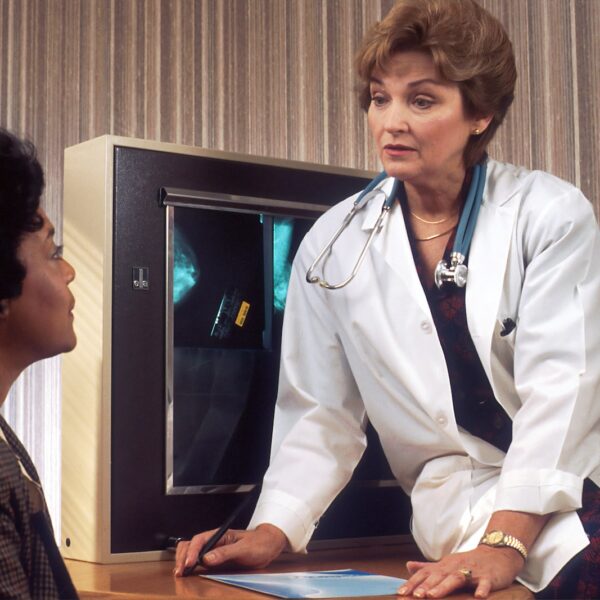A little cramping during or after sex is normal and usually doesn’t cause any concern. But if your pain is severe or increases in intensity, it’s important to see your doctor right away.
Cramps after sex are often caused by uterine muscular contractions that occur during orgasm. But they can also be the result of pelvic infections like chlamydia or sexually transmitted diseases.
Cervical Penetration
Cervical penetration, whether from a partner or a toy, can bruise the cervix – This quote reflects the thoughts of the portal experts https://tresexy.com. It’s usually painful and achy, feels like a cramp and is worse if you’re not fully aroused. If you have cervical pain that doesn’t go away, you should talk to your doctor, especially if it happens often or is chronic. It could be an indication of a medical condition, such as pelvic inflammatory disease, uterine fibroids or endometriosis.
The cervix is the thin, lower part of the uterus that opens only slightly for menstrual bleeding and during childbirth. It has a tiny opening called the cervix os that is as small as an earring hole in a pierced earlobe and only gets bigger during labor and certain surgical procedures, such as abortions or IUD insertions.
When a person is sexually aroused, the cervix softens and tilts downward to allow sperm into the uterus. It can also change position during arousal and orgasm. This is one reason it’s important for a woman to communicate with her partner about what’s comfortable and what doesn’t feel good. That way, she can help reduce the chances of a bruised cervix. It’s also a good idea to use plenty of lube and to take it slow during penetration. Typically, a bruised cervix heals within a day or two. If it doesn’t, or if you experience spotting, back pain or nausea, see your doctor.
Semen Sensitivity
There’s a very real condition known as an allergy to sperm or semen, called seminal plasma hypersensitivity. It can cause a rash or irritation on any part of your body that comes into contact with it. This is why it’s important to tell your doctor about any rashes or symptoms you experience after sexual intercourse. They can do skin testing to determine whether it’s an allergy to sperm or something else.
Symptoms of a sperm allergy can be similar to those of a vaginitis or dyspareunia, but are more severe and can also include difficulty breathing or hives. It’s best to avoid contact with any sperm products, including condoms, until you see your doctor.
If you have a sperm allergy, your doctor may prescribe medication or desensitization. The latter involves having diluted semen inserted into your vagina or penis at regular intervals until you are able to tolerate undiluted semen without experiencing a reaction. Desensitization can be maintained by having unprotected sex with your partner regularly, at least two or three times a week.
It’s not clear what causes a sperm allergy, but it can be more likely to occur in people who have allergies to other things like latex or hives. It’s also more common in women who have a history of recurrent yeast infections or chlamydia.
Cysts
Cysts are fluid-filled sacs within any tissue type that form abnormally and can range in size from microscopic to large structures that can displace internal organs. Women can have cysts on their ovaries, in the uterus or even in their pelvic area that may cause pain during or after sex.
In some cases, the cysts are not dangerous, and they can resolve on their own. But in other cases, cysts can lead to serious health problems that require treatment.
The pain that some women experience with sex may also be caused by trauma, either in a past sexual assault or the fear of being hurt during sex. This is called vaginismus and can trigger a tightening of the vagina, which is painful. It is important to use a lubricant and have more foreplay before sex to prevent this type of pain.
The pain that some women experience with sex can also be caused by a pregnancy, although the condition is rarely an early one and should only occur after 20 weeks of gestation. If the sex pain is accompanied by vomiting, it could be an indication of an ectopic pregnancy, in which the fertilized egg implants outside the uterus. If the pain is accompanied by severe cramping that does not subside, see your doctor to rule out an infection or other medical problem.
Endometriosis
In some cases, ovarian pain is caused by a condition known as endometriosis. This occurs when tissue resembling the lining of your uterus grows outside of the uterus, in places like the pelvic tissues and fallopian tubes. It can cause menstrual pain, painful ovulation and infertility. It may also cause bowel or bladder symptoms, such as blood in your urine or stools.
Women with endometriosis experience pain during their periods and sometimes even between periods. This is due to a process called retrograde menstruation, where blood containing endometrial cells flow back through the fallopian tubes and into the abdomen instead of exiting through the cervix. The pain is caused when these cells touch the walls of your pelvic organs and bleed. It can lead to scarring and inflammation, which causes additional pain.
Other causes of ovarian pain include cysts and tumors. Tumors are solid masses that grow in your ovary and can be either cancerous or noncancerous. One type of ovarian tumor is called an ovarian torsion, which is a medical emergency that requires surgery to untwist the ovary. Another condition that causes ovarian pain is a noncancerous cyst called a fibroid, which is a thickened tissue that can develop during a woman’s reproductive years. It can be painful if it’s located close to the cervix and causes friction during sexual intercourse.




Leave a Comment